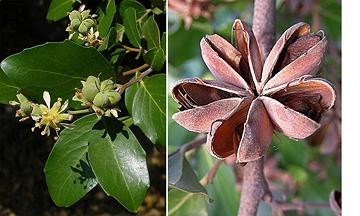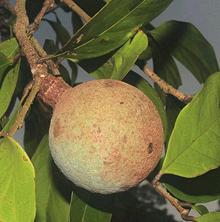
SAFARI
Users
- General & History
- Terms & Definitions - what's called what.
- Varieties - Beans, Peas and Lentils (large page).
- Working with Legumes - Prep and Cooking Beans, Peas & Lentils
- Products made from Beans
- Non-Legume Fabales - Those of culinary value.
General & History
Most of the beans Americans are familiar with are from North, South and Central America, unknown to Europe and Asia until the 1500s. These include green (string) beans, navy beans, lima beans, peanuts, pinto beans, kidney beans and the like. Fava beans and Lupini beans were the beans known in Europe and the Mediterranean before discovery of the New World. In Asia a wide variety of tiny beans, like mung beans, were known, and a few in Africa.
Lentils, peas and fava beans were unknown in the New World until brought from the Mediterranean by European traders, as were beans of the Vigna genus (black-eye peas, mung beans, etc.). Peas and Lentils probably originated in Western Asia and/or the Near East, mung, urad and adzuki beans probably originated in India, while soybeans originated in China, and black-eye peas in Africa, though they are an Asian type bean.
By far the largest selection of beans, peas and lentils in daily use is found in India where both New World and Old World pulses are a major and essential part of the diet over the entire subcontinent.
Particularly important to India is dal, the word for peas, lentils and beans that have been split and peeled. The dal version of any pulse requires just a fraction of the soaking and cooking time of whole dried pulses. This is very important in a fuel deficient country, but other benefits are a softer, smoother texture and more subtle flavors. Dal, however, is a tricky word in India, and is sometimes used for the whole unpeeled version.
An additional importance of legumes is their symbiotic relationship with rizobia bacteria. These bacteria live in legume root nodules where they are provided with oxygen and other nutrients in return for "fixing" atmospheric nitrogen into compounds usable for plant nutrition. By rotating legume crops with grain or vegetable crops, growers can prevent the depletion of this essential nutrient in the soil. These nitrogen compounds are necessary for the formation of protein, essential for human and animal nutrition.
Non-Legume Fabales
There is precious little of culinary importance in Order Fabales that is not in Family Fabaceae, the Legumes. Below is all we have been able to find.
Family Quillajaceae
Soap Bark Tree [Quillaja saponaria]
[Quillaja saponaria]
This medium tree, growing to 65 feet, is native to central Chile. Its inner bark contains saponins (natural soaps) that are fairly widely used. The culinary uses are mainly as a foaming agent in beverages, but it has many important pharmaceuitcal uses, and is used in personal care products and in fire fighting foam. This tree has been introduced to California as a decorative.
The only other species in this family is native to southern
Brazil and northern Argentina, but I don't know if it has similar
uses.
Photo by Dick Culbert distributed under license
Creative Commons
Attribution-ShareAlike v2.0 Generic .
|
Family Polygalaceae
Kapas [Kapas (Malay); Kiu, Kriu belubiatup, Langir, Mengkudu, Merbatu,
Ngilas, Nyalin (Borneo); Xanthophyllum obscurum |
Xanthophyllum ecarinatum |
Xanthophyllum stipitatum]
[Kapas (Malay); Kiu, Kriu belubiatup, Langir, Mengkudu, Merbatu,
Ngilas, Nyalin (Borneo); Xanthophyllum obscurum |
Xanthophyllum ecarinatum |
Xanthophyllum stipitatum]
X. obscurum is a large tree, growing to about 110 feet high, native to southern Thailand peninsular Malaysia, also Sumatra and Borneo. It appears to be most important in Borneo. It produces dark brown spherical fruits up to 6 inches diameter with a thick rind surrounding a sweet white edible pulp in which are embedded numerous seeds. Photo by Cerlin Ng distributed under licence Creative Commons Attribution-NonCommercial-ShareAlike 2.0 Generic. X. ecarinatum, native to Borneo, grows to 80 feet and bears
orange to brown elliptical fruit 4 inches long. X. stipitatum
has a distribution similar to X. obscurum, but grows to 160
feet and bears spherical yellow or orange fruit a little more than
2 inches diameter. Fruits of both these trees have edible pulp.
|



